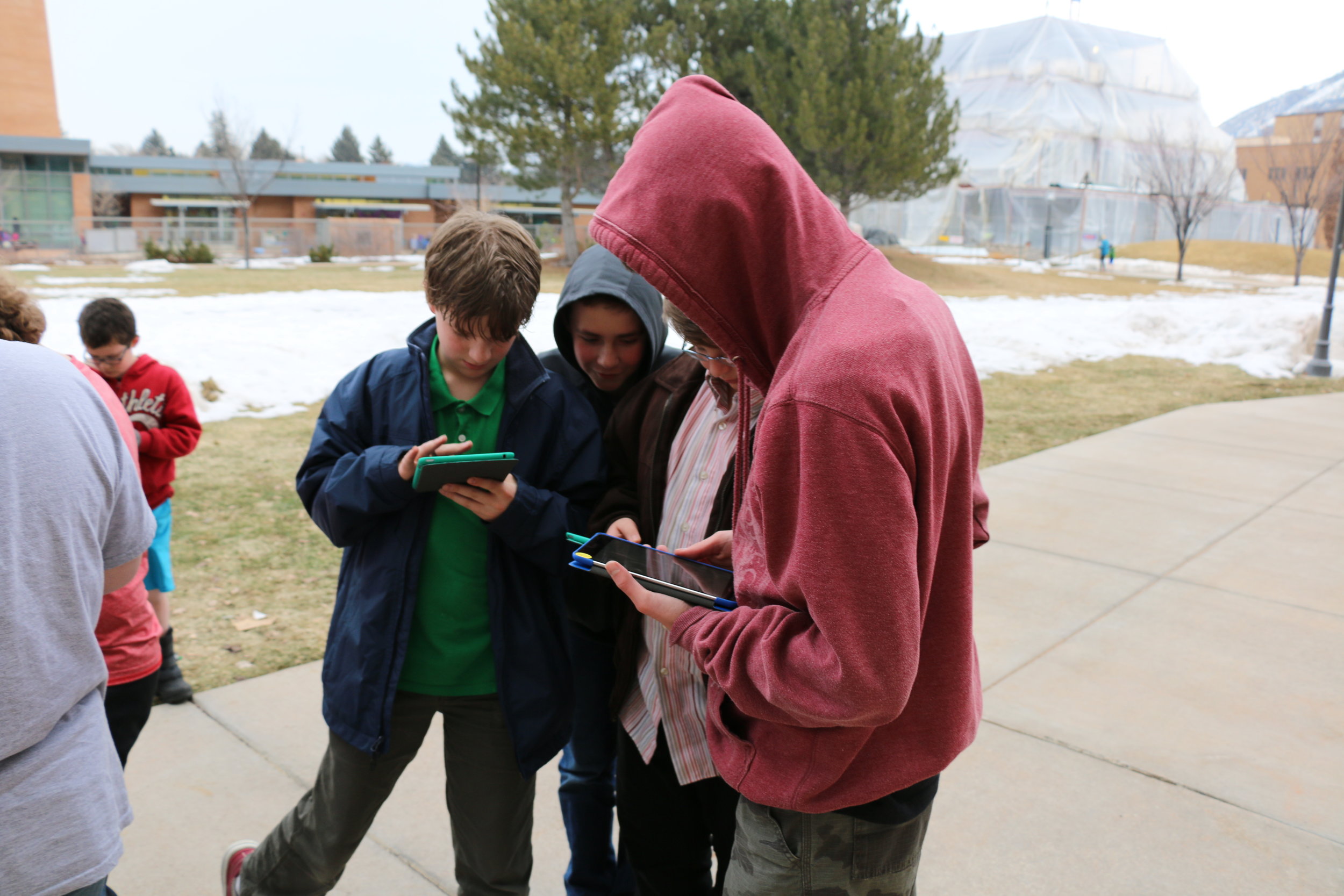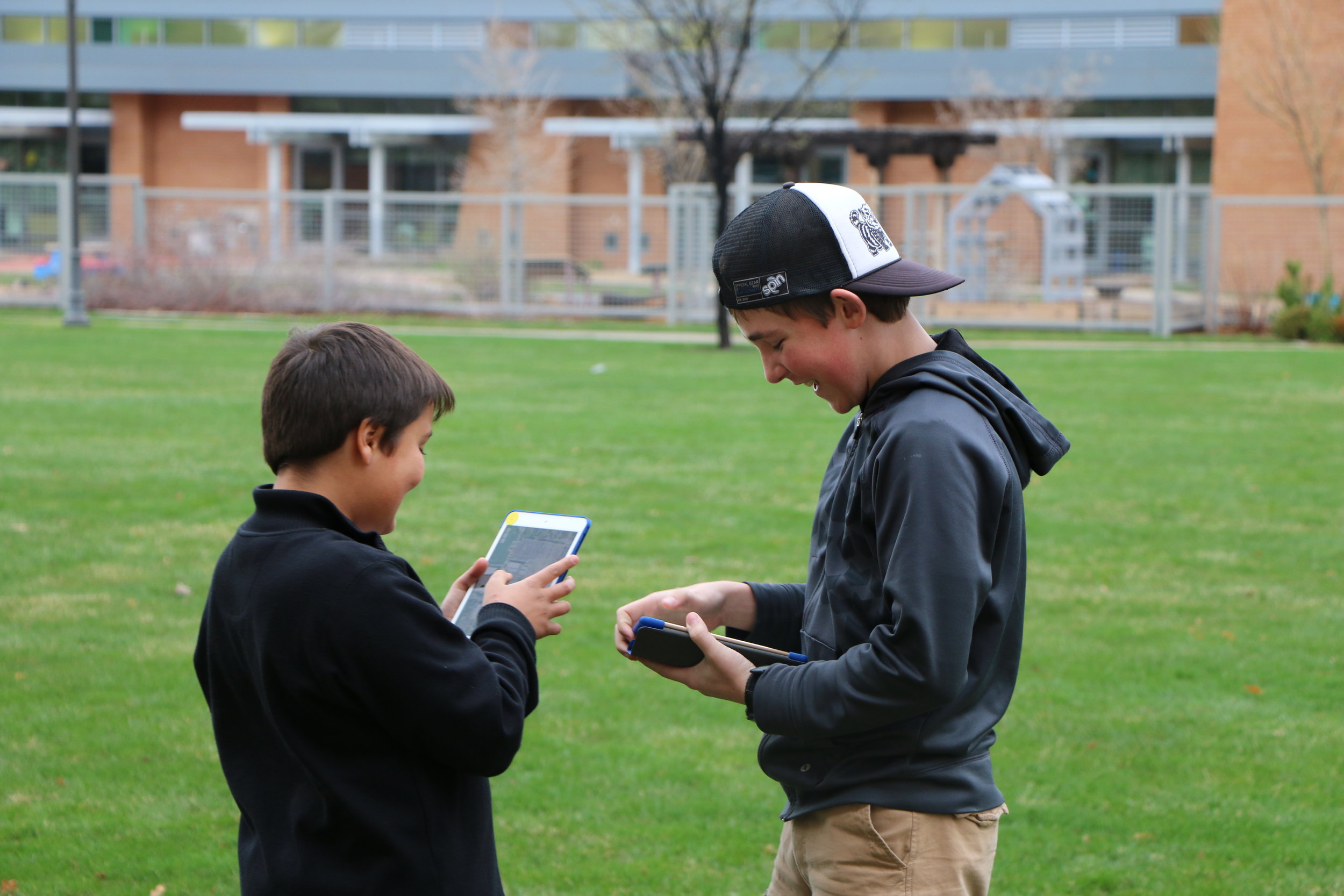Storycoding
We explore how to support teaching and learning of computational thinking (CT) practices in interdisciplinary, age-appropriate contexts. To prepare youth to be computationally literate in a digital world economy, two key approaches have emerged aiming to make text-based programming more widely applicable, accessible, and age-appropriate.
Storycoding: Computing Through Place and Story
We explore how to support teaching and learning of computational thinking (CT) practices in interdisciplinary, age-appropriate contexts. To prepare youth to be computationally literate in a digital world economy, approaches have emerged aiming to make text-based programming more widely applicable, accessible, and age-appropriate. Growing evidence, however, shows that a third approach of leveraging storytelling can make programming more accessible as well as increase interest in computation, especially for girls and younger children (Kelleher, Pausch, & Kiesler, 2007; Ryokai, Lee, & Breitbart, 2009). We adopt this storytelling approach in this project. Specifically, we examine how young people design place-based stories. Through the design process, students conduct rigorous inquiry on a topic often using or generating primary data and sources. They then engage in an iterative design process to build a computational artifact with augmented-reality (AR) technologies. Computing with place and story is an inherently integrative activity that brings together STEM and computer sciences practices in a range of other disciplinary contexts like social sciences and humanities, which draw on narrative as part of their core practice.
PARTNERS
PROJECT LEAD
Breanne Litts
PROJECT TEAM
Computational Making Scaffolds
To make computational making with visual programming tools more approachable for youth and interdisciplinary subjects, learning supports or scaffolds that will help 10-14 year old youth develop an interactive game narrative and then transition from their design ideas into the visual programming tool they are using are needed.
With the rise of computational making in education, Whitney Lewis’ thesis work focused on the need to develop design scaffolds, or supports, for learners who engage with computational making processes. Members of the L.E.D. Lab planned and hosted a workshop with youth learners where they explored how design scaffolds such as an example game, open discussion, debugging activity, and storyboarding tool would help learners program a game in the visual programming tool ARIS. In addition, this work included evaluative feedback from ARIS designers. Both the findings from the workshop and ARIS designer evaluation were used to inform future implementations of design scaffolding for computational making.
PARTNERS
PROJECT LEAD
TEAM
FUNDING
This project was funded, in part, by a Graduate Student Research Award to Whitney Lewis from the Emma Eccles Jones College of Education and Human Services at USU.

















